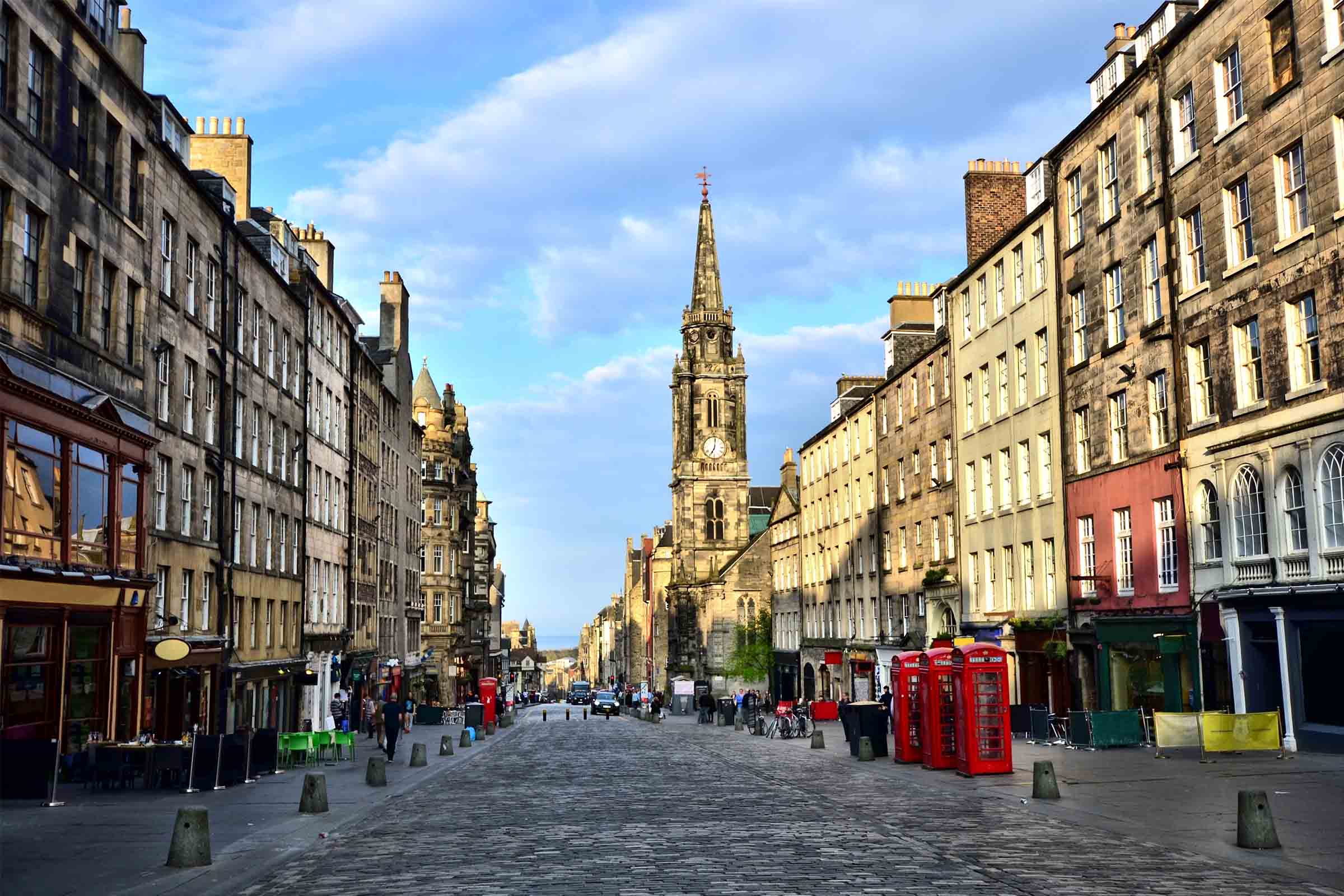
The building is protected as a Category A listed building.Ĭannonball House is situated at the west end of Castlehill, on Edinburgh's Royal Mile, immediately adjacent to the entrance to the esplanade of Edinburgh Castle. It takes its name from a cannonball embedded in its western wall. It was built in 1630 and substantially renovated in the early 20th century. By the 19th century, the district had arguably turned into the worst slum in Britain. This tour will offer a glimpse into the public health issues that arose from overcrowding, poverty, and civic negligence, and review some of the innovative measures developed in the 19th century by city administrators, public health officials, social reformers, and philanthropists to remedy them.Cannonball House is a 17th-century town house on the Royal Mile in Edinburgh, Scotland. As the well-to-do moved out into the elegant Georgian buildings of New Town, the living conditions of the poor who remained in Old Town rapidly deteriorated. The problems caused by severe overcrowding within the medieval town walls intensified as the city expanded north in the second half of the 18th century. Chartered as a royal burgh in the 12th century, the medieval town core saw an immense population boom, growing from an estimated 2,000 inhabitants in the 12th century, to 15-20,000 in the 15th, and upwards of 50,000 by the 17th century. The stretch of the Royal Mile running from Castle Hill to Blackfriars Street is the oldest part of Edinburgh. Nonetheless, poor sanitation in Old Town remained an issue well into the 19th century, leading to frequent outbreaks of cholera and fevers. Dust carts were introduced and scavengers employed to clean up the streets. In 1749, the `Nastiness Act` was passed, restricting the tossing of refuse (or `fulsies`) to the hours between 10 pm and 7 am. This lack of efficient waste management created major problems as the population grew.

Before the introduction of water closets, human waste collected in chamber pots was often tossed onto the streets by maids calling out `guardyloo` (from the French expression `prenez garde à l`eau` or `watch out for the water`), a custom going back to the Middle Ages. In the first-floor exhibition space, in the third room to the left of the staircase, there is an early 17th-century chamber pot on display, excavated from below the buildings of Old Town. The Museum of Edinburgh is dedicated to telling the history of the city through its unique collection of objects, ranging from the precious to the mundane. By establishing the asylum in Morningside, Duncan contributed to Fergusson’s legacy, not just as a brilliant poet, but as someone who had a lasting impact on public health in Scotland.

In a letter to the Scottish Sheriff Deputy he wrote of his experience of his visits with the poet that it “afforded me an opportunity of witnessing the deplorable situation of Pauper Lunatics even in the opulent, flourishing, and charitable Metropolis of Scotland”. Duncan had been one of the physicians treating Fergusson and was appalled by the conditions in the asylum. Fergusson’s incarceration and death inspired physician and joint founder of the Royal Society of Edinburgh, Andrew Duncan (1744-1828), to establish Edinburgh’s first public lunatic asylum in Morningside. Because his mother (then his only living parent) was unable to care for him, he was committed to the Edinburgh Asylum for Pauper Lunatics, where he later died in his cell. While out on the town with his friends he took a fall, which caused a serious head injury.

In the years before his premature death, he suffered from bouts of depression taking the form of debilitating religious guilt. The famous Scottish poet Robert Ferguson (1750-1774) died tragically when he was just 24 years old. Scottish poet Robert Ferguson (1750-1774)


 0 kommentar(er)
0 kommentar(er)
